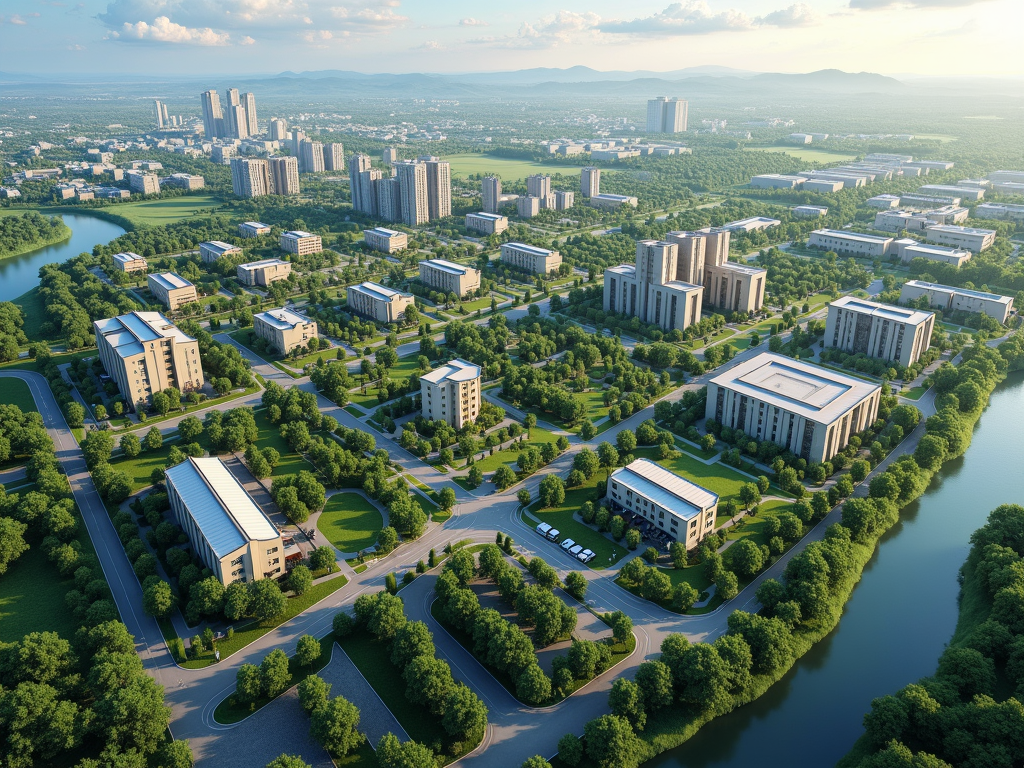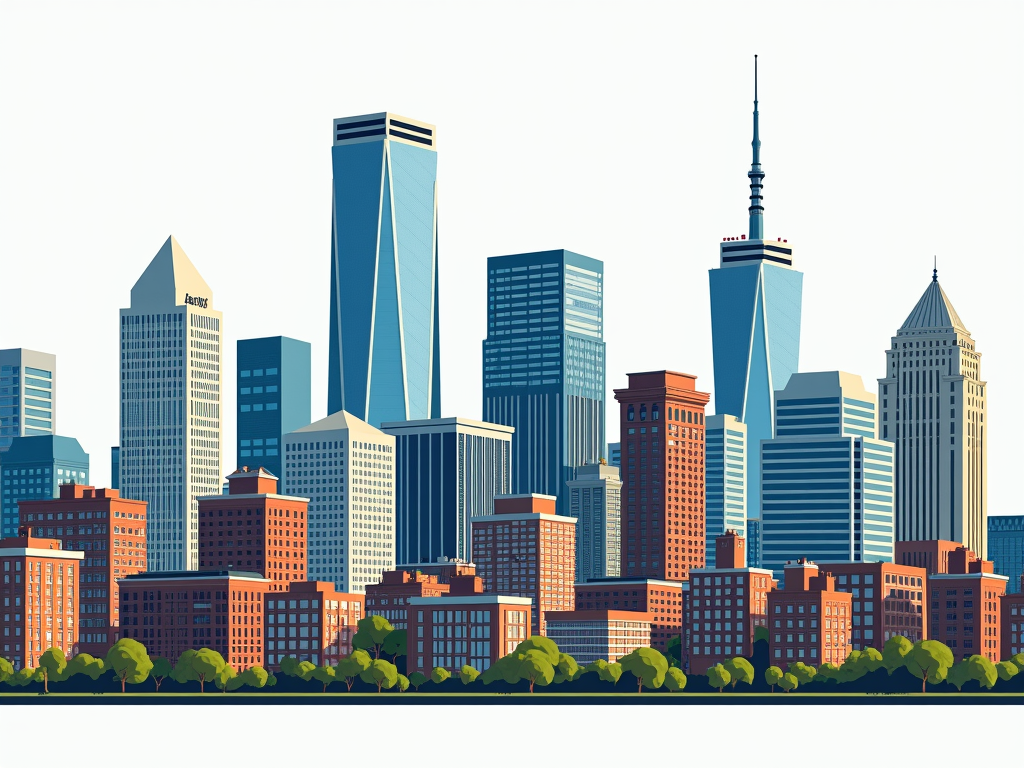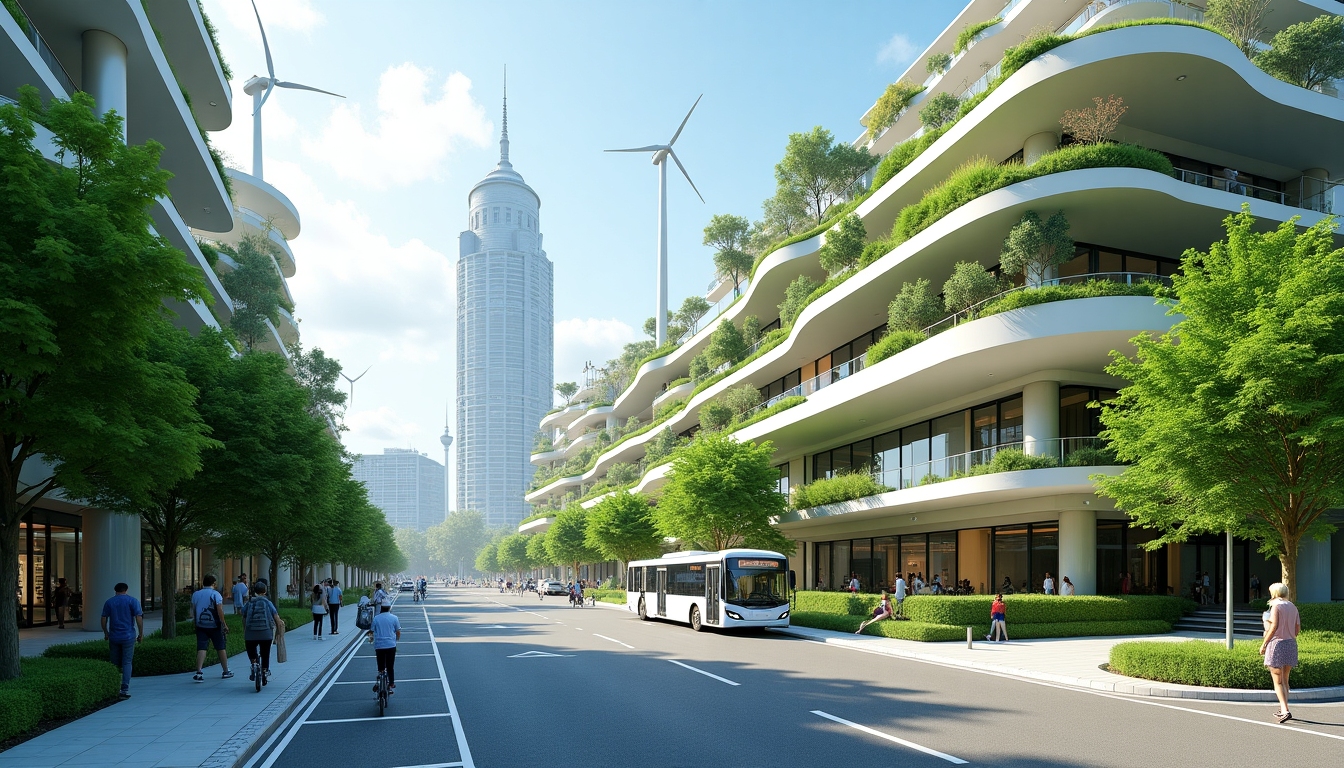City Planning 101: Understanding Building Codes and Foundation Design
City planning is the backbone of urban development. It ensures cities are functional, safe, and beautiful. This guide explores city planning basics, focusing on building codes and foundation design.

City planning, or urban planning, designs and organizes city spaces. It covers land use, roads, parks, and more. The aim? Build cities that work well and feel good to live in. Long ago, places like ancient Greece planned cities with grids for order. Today, it’s about balancing growth, safety, and nature. I’ve always been fascinated by how planners turn empty land into thriving communities. They use rules like building codes and smart foundation design to make it happen.
Building codes and regulations for urban areas keep everyone safe. These rules set standards for buildings—think strength, fire safety, and easy access. In the U.S., the International Building Code is a big one. It tells builders how strong a wall needs to be or how wide a door should be. Local inspectors check the work. Once, I saw a construction site shut down because the stairs weren’t up to code. It’s tough, but it saves lives.

Building codes don’t just stop at safety. They also push for energy savings and comfort. For example, some codes require thick insulation to keep heat in. Others demand ramps for wheelchairs. These rules can raise costs, sure. But they make cities stronger. In earthquake zones, extra steel in buildings—required by codes—keeps them standing when the ground shakes. It’s amazing how much thought goes into these details.
Foundation design is just as crucial. It’s about making a solid base for buildings. Without it, structures could sink or fall. There are different types: shallow ones like footings for small homes, or deep ones like piles for skyscrapers. Soil matters a lot here. Sandy ground needs deeper foundations. I learned this watching a crew in a coastal town dig deep to hit solid earth. It’s hard work, but it keeps buildings upright.

Choosing the right foundation isn’t simple. Engineers look at soil, weather, and the building’s weight. In cold places, they design to stop frost from lifting the base. In wet areas, they raise it to avoid floods. Take the Burj Khalifa—it’s the tallest building in the world. Its foundation uses huge piles driven deep into the desert. That kind of planning lets cities reach for the sky.
So, how do building codes and foundation design shape cities? They decide how tall buildings can go, where they sit, and how close they are. Codes might limit height to keep a city cozy, or demand space for parks. Foundations let us build up instead of out. Look at New York—its skyscrapers stand because of smart engineering and strict rules. It’s a dance between safety and ambition.

These rules also affect how cities feel. Height limits can save views, like in San Francisco. Foundation tricks let places like Shanghai stack buildings high. Density changes too—strict codes might spread a city out, while loose ones pack it tight. I’ve walked cities where every block feels alive because planners got this balance right. It’s not just buildings; it’s a lifestyle.
City planning isn’t without headaches. More people are moving to cities—by 2050, most of us will live in them. That strains roads, homes, and water. Climate change adds floods and heat. Plus, not everyone gets a fair shot at good living. I’ve seen neighborhoods ignored while downtowns shine. Planners have to fix this, and it’s a big job.

The future of city planning looks exciting. Sustainable ideas—like solar power and green roofs—are growing. Smart cities use tech to save energy and ease traffic. Inclusive design makes sure everyone fits in, from kids to grandparents. Cities like Copenhagen lead with bike paths, cutting car use. Singapore tracks trash with sensors. These steps build places that last and feel fair.
Tips for Better City Living: - Support local planning meetings—your voice matters. - Push for green spaces; they cool cities down. - Learn your area’s building codes. It’s your home’s shield. These small moves help planners make cities work for us all.
In short, city planning blends building codes and foundation design to craft safe, lively urban areas. It’s about making spaces where we thrive. With challenges ahead, smart planning can keep our cities strong and fair for years to come.





